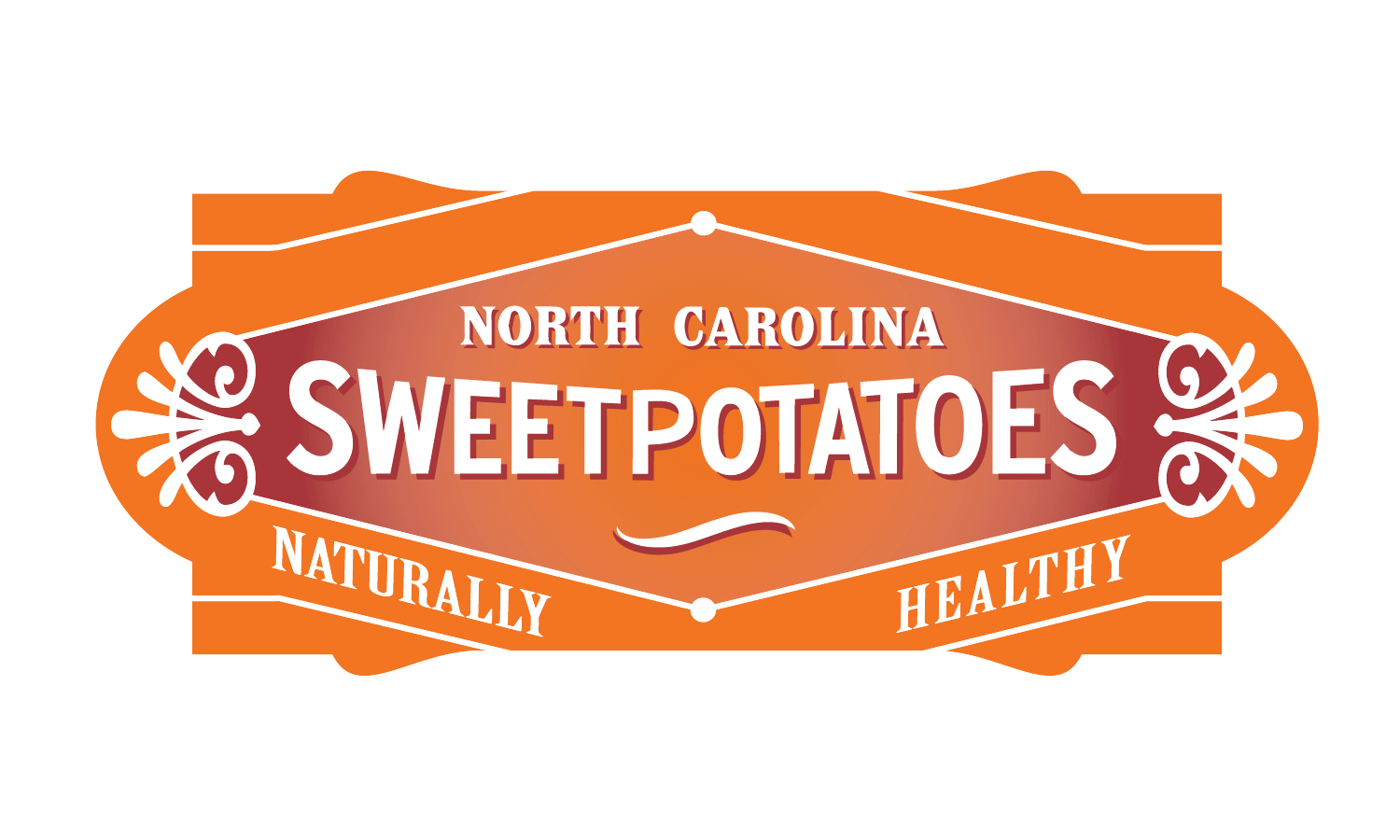Farming process
The farming process of North Carolina sweetpotatoes is a labour of love, combining traditional methods with cutting-edge technologies to ensure high-quality organic produce is available all year round.
In the early 1970s, North Carolina was crowned as the leading sweetpotato-producing state in the U.S. and has retained this prestigious position ever since. The state’s unique combination of a hot, moist climate and nutrient-rich soil provides the perfect conditions for cultivating sweetpotatoes, contributing to 60% of U.S. exports.
How are sweetpotatoes grown?
From sprouting through to the innovative curing process, the Commission works hard to ensure the highest quality of sweetpotatoes hit shelves all around the world, through a seven-step process…

Unlike Irish or white potatoes, the sweetpotato story doesn’t start with seeds. Instead, they are grown from cuttings called sprouts or slips. Some farmers start the sprouts in a greenhouse, while others grow sprouts by “bedding” sweetpotatoes in March.
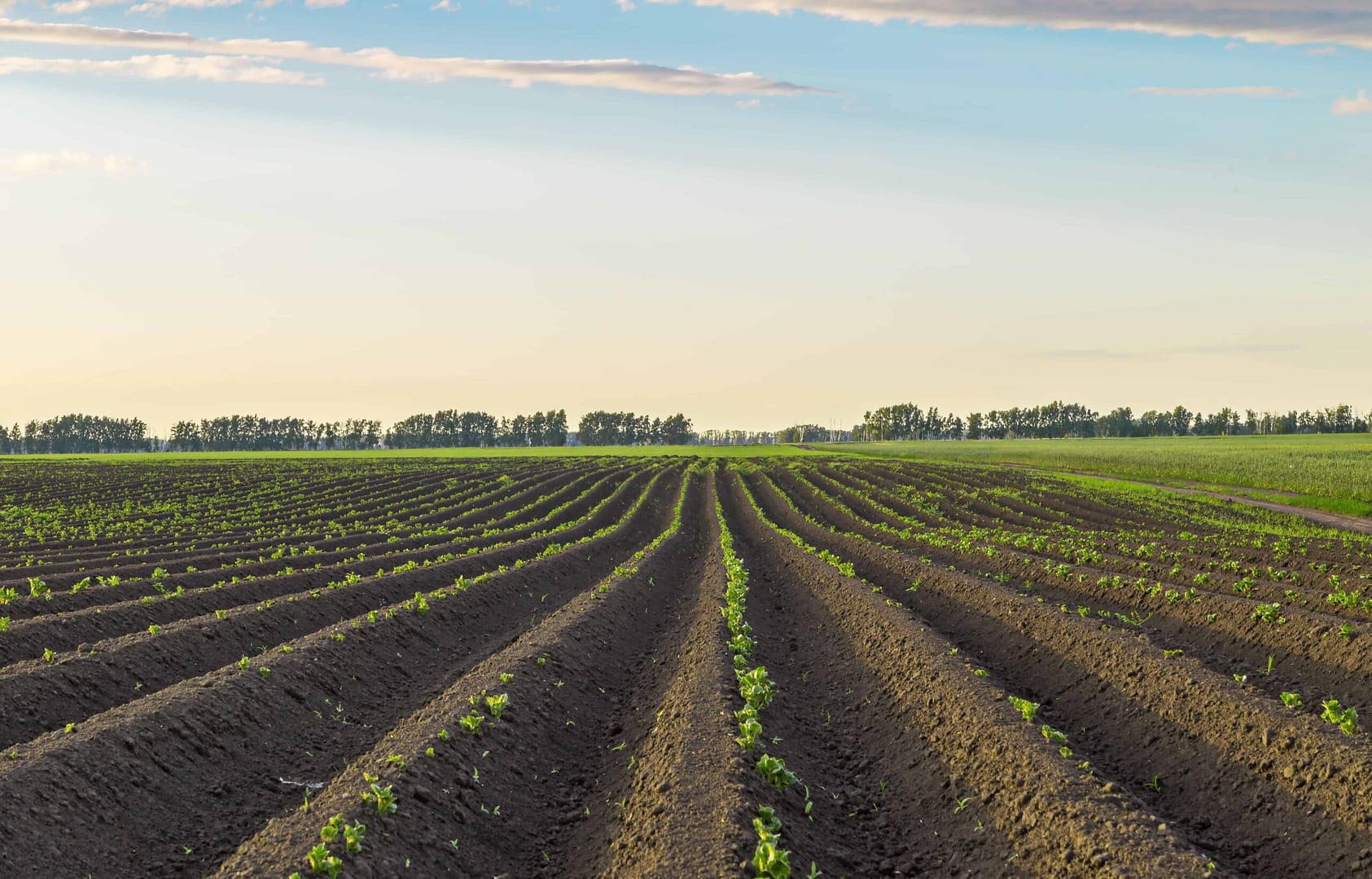
Come April, May and June, the sprouts are cut and then planted into one of the 34,000 hectares of North Carolina sweetpotato fields. Farmers carefully relocate the sprouts to ensure optimal growth conditions – this is known as transplanting.
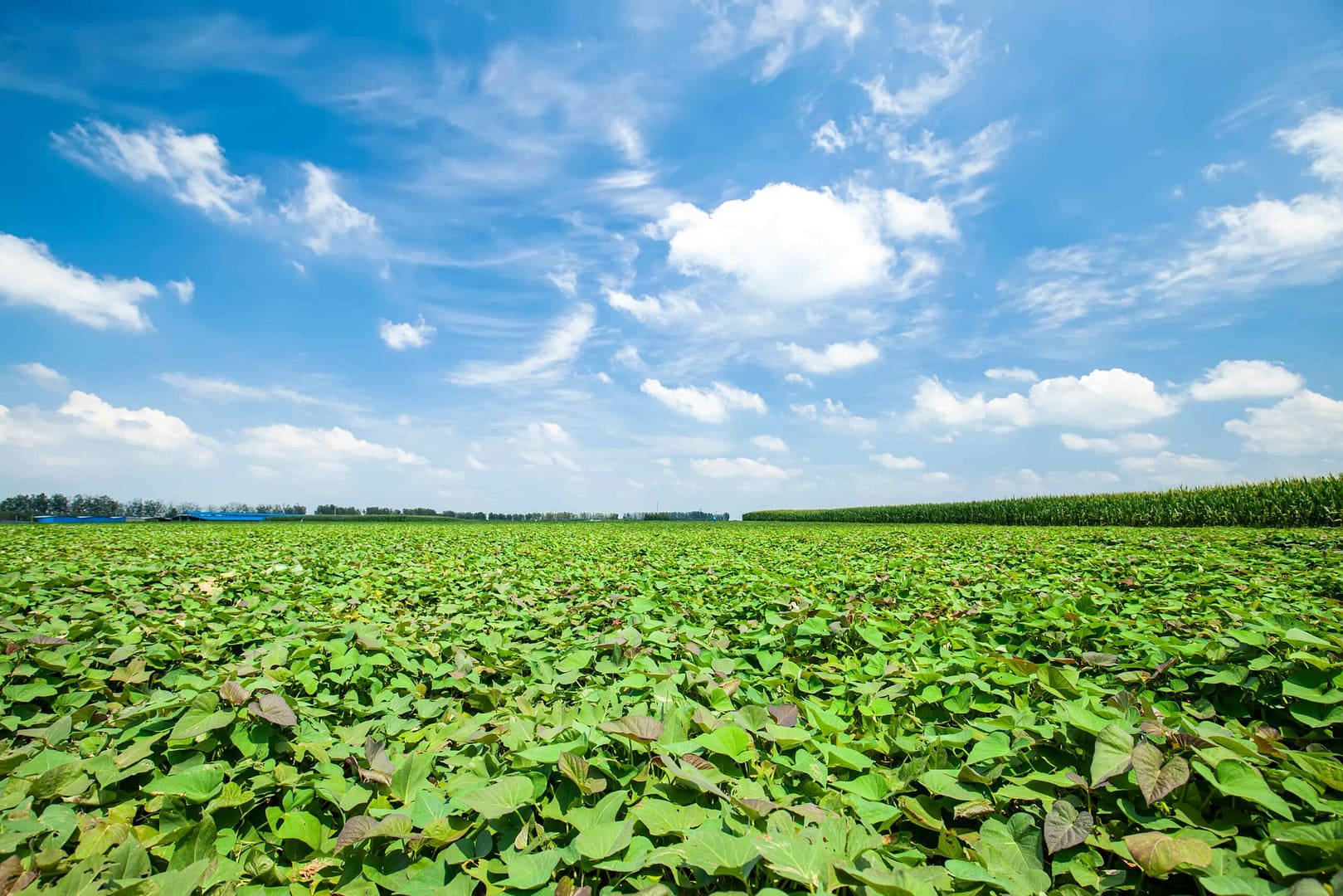
Sweetpotatoes need around 90-120 frost-free days to grow and mature. They grow underground in the fertile and nutrient dense North Carolina soil.

As the calendar turns to August, the sweetpotato harvest begins. Tractors gently flip the sweetpotatoes onto the surface before they’re harvested by hand to protect their delicate skin. The harvested sweetpotatoes are then graded and sorted based on their size.

After harvest, sweetpotatoes are transferred to a special storage room where they are cured for three to five days at 30°C at a high humidity.
This process tightens the skin and aids in the healing of any knicks that occurred during harvest, as well as beginning to turn the starches to sugar (which provides the sweet taste we desire). If left uncured this is known as green and the end result is not as sweet.
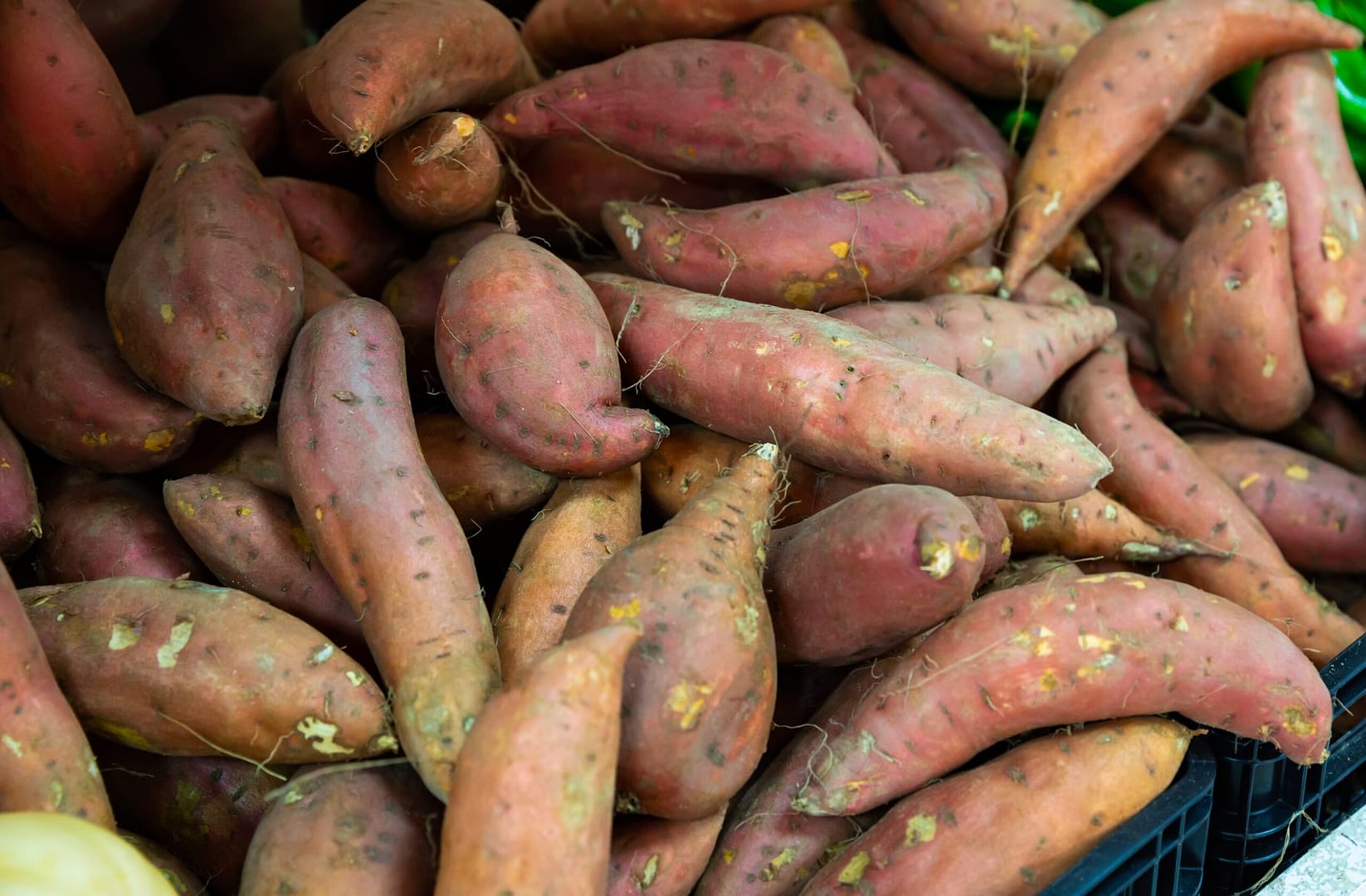
To ensure a year-round supply of sweetpotatoes, North Carolina State University developed an innovative ventilation system so farmers can store sweetpotatoes for up to 12 months.
In the dark and cold, the sweetpotatoes are stored in air-conditioned warehouses to stop their metabolism and enzymatic processes, falling into a state of hibernation to retain their quality.
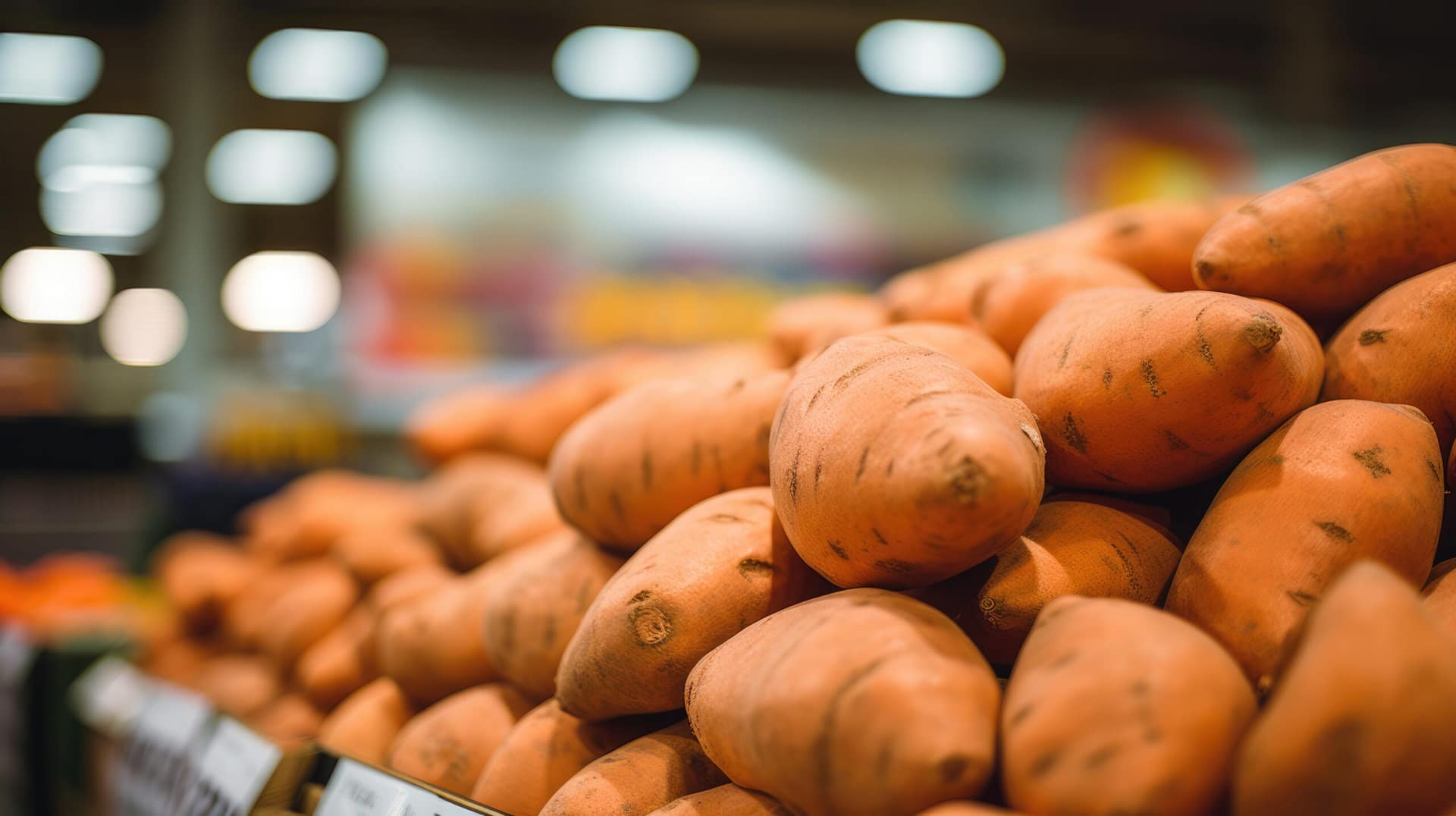
The cured sweetpotatoes are then cleaned and exported by shipping container. It takes 14 days for the sweetpotatoes to arrive in Rotterdam before continuing their journey to restaurants, supermarkets, and plates across Europe.

Where are sweetpotatoes grown?
In 1971, just ten years after the formation of the North Carolina Sweetpotato Commission, North Carolina earned the rank of No.1 sweetpotato-producing state in the U.S. and has remained there ever since.
It is currently estimated that North Carolina harvests 9.07 tons per acre. With over 72,000 acres in 2023, that is equivalent of over 653k tons for the 2023 global harvest.
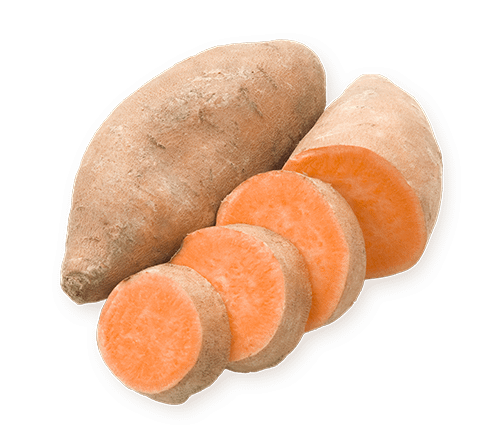
How have farming methods advanced?
Harvesting sweetpotatoes has traditionally been a labour-intensive process and while the matured spuds are still picked by hand, innovative technologies have made the process more efficient.

Machinery
Specialised machinery has been introduced that streamlines the process, equipped with modern features like GPS which can map out the fields and enable more precise and efficient harvesting, resulting in lower costs for consumers.

Grading
There’s also automated grading systems in place that use sensors and imaging technology to look under the nutrient dense soil to pick out the sweetpotatoes that are ready for harvesting, ensuring only the highest quality sweetpotatoes reach your supermarkets and plates.

Research
It’s not all about advanced tech on the ground. Research in collaboration with North Carolina State University has uncovered the best and most efficient ways to plant and pick sweetpotatoes, resulting in harvesting schedules that produce a greater yield year after year.

Curing
A lot of work has also been done to establish a world-class curing process which prolongs the shelf-life of North Carolina’s finest crop, ensuring the same quality when they’re exported across the globe and availability all year round.

Sustainability
Another worthwhile mention is that sustainable farming methods and practices have been employed by the Commission, leading to a more environmentally friendly approach to harvesting that aligns with the need for more eco-conscious agricultural processes.
